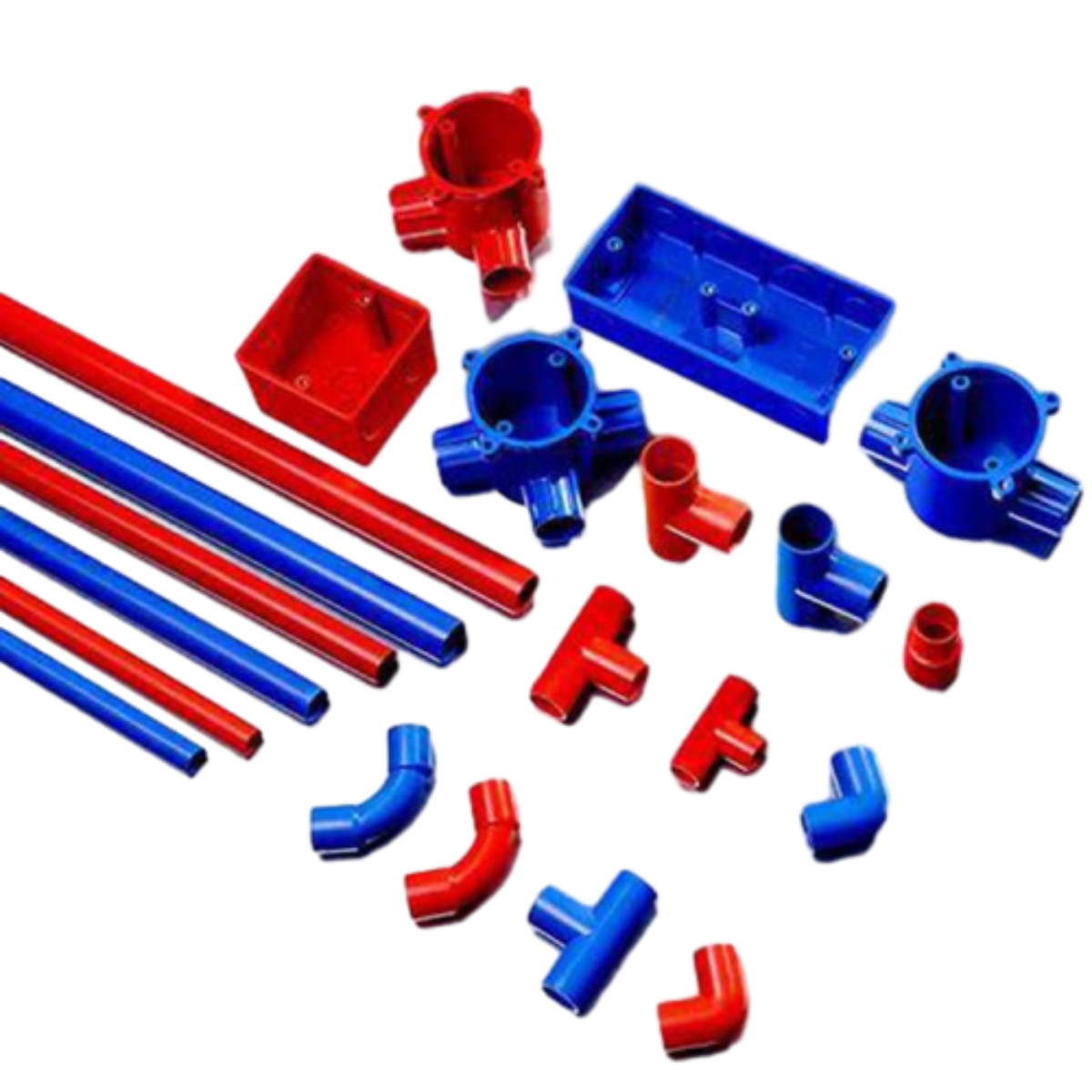Sep . 14, 2024 12:57 Back to list
ppr pipe for chilled water system products
The Role of PPR Pipes in Chilled Water Systems
In modern construction and industrial applications, the efficient management of temperature is essential, particularly in chilled water systems. The use of Polypropylene Random Copolymer (PPR) pipes has gained considerable recognition as a reliable solution for the transportation of chilled water. This article explores the advantages of PPR pipes in chilled water systems, their properties, and considerations for their effective use.
PPR pipes are known for their robust mechanical properties and superior chemical resistance. They possess a high thermal stability, which is crucial for chilled water applications where temperature control is paramount. Unlike traditional materials such as metal or PVC, PPR pipes do not corrode, which means they maintain their structural integrity and performance over time. This is particularly important in chilled water systems where the risk of leaks can lead to significant energy losses and operational downtime.
One of the key benefits of PPR pipes is their lightweight nature. This makes for easier handling during installation, reducing labor costs and time. Furthermore, PPR pipes can be joined through a process known as welding, which creates a homogenous joint that is as strong as the pipe itself. This reduces the likelihood of leaks and enhances the overall reliability of the chilled water system.
ppr pipe for chilled water system products

Another significant advantage of using PPR pipes is their excellent thermal insulation properties. Reduced heat transfer helps maintain the desired temperature of the water being transported, which is essential for energy efficiency in HVAC systems. By minimizing thermal losses, PPR pipes contribute to lower energy consumption, thus supporting environmentally sustainable practices in building management.
In addition to their physical properties, PPR pipes also offer flexibility in design and installation. They can be easily molded and shaped to meet the specific requirements of various buildings and systems. This adaptability makes them an ideal choice for both new constructions and retrofitting existing systems. Preparing for the future by choosing a versatile material like PPR can assist engineers in optimizing the design of chilled water systems, ensuring they meet evolving standards and demands.
Lastly, it’s important for professionals to consider proper installation techniques when working with PPR pipes. Implementing best practices during installation can further enhance the longevity and efficiency of the chilled water system. Regular maintenance and inspections are also vital to ensure that the system continues to operate effectively.
In conclusion, PPR pipes have emerged as a leading choice for chilled water systems due to their durability, resistance to corrosion, lightweight characteristics, and excellent thermal insulation properties. As the demand for efficient and sustainable HVAC solutions continues to rise, integrating PPR pipes into chilled water systems offers an intelligent and forward-thinking approach to modern construction and facility management. The future of temperature-controlled environments looks promising with PPR technology paving the way.
-
High-Quality PVC Borehole Pipes Durable & Versatile Pipe Solutions
NewsJul.08,2025
-
High-Quality PVC Perforated Pipes for Efficient Drainage Leading Manufacturers & Factories
NewsJul.08,2025
-
High-Quality PVC Borehole Pipes Durable Pipe Solutions by Leading Manufacturer
NewsJul.08,2025
-
High-Quality PVC Borehole Pipes Reliable PVC Pipe Manufacturer Solutions
NewsJul.07,2025
-
High-Quality UPVC Drain Pipes Durable HDPE & Drain Pipe Solutions
NewsJul.07,2025
-
High-Quality Conduit Pipes & HDPE Conduit Fittings Manufacturer Reliable Factory Supply
NewsJul.06,2025

